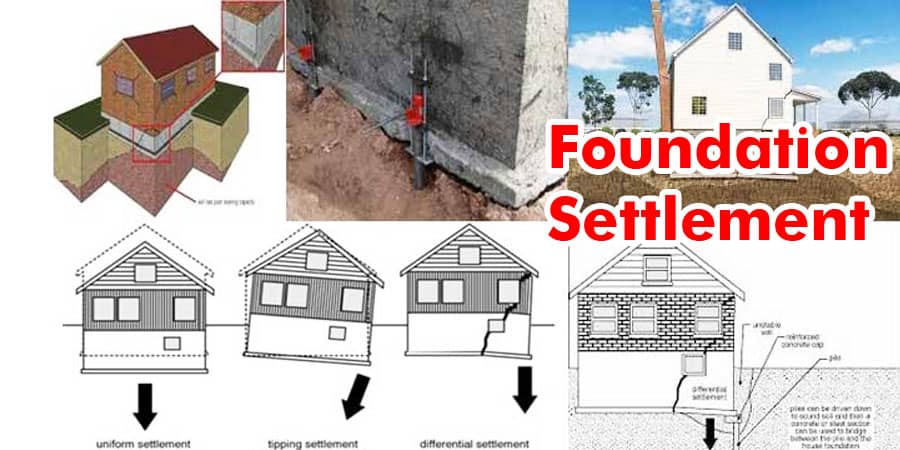What do you need to know about Foundation Settlement?

Foundation settlement can be a concerning issue for homeowners and property managers alike. It refers to the sinking or shifting of a building's foundation, which can cause significant structural damage if left unaddressed. In this article, we will discuss what foundation settlement is, what causes it, and how to prevent and address it.
Understanding Foundation Settlement
Foundation settlement is a phenomenon that occurs when the soil underneath a building's foundation shifts or compresses, causing the foundation to sink or settle. This can lead to various structural problems, such as cracks in walls or floors, uneven floors, and doors or windows that don't close properly.
What Causes Foundation Settlement?
Several factors can contribute to foundation settlement, including soil conditions, water damage, and poor construction practices. Some of the most common causes of foundation settlement are:
- Soil Conditions: The type of soil on which a building is constructed can have a significant impact on its foundation's stability. For example, clay soils tend to shrink and swell with changes in moisture content, which can cause foundation movement. Sandy soils, on the other hand, may not provide adequate support for a building's foundation.
- Water Damage: Water can also contribute to foundation settlement. Excessive moisture in the soil can cause it to become saturated and unstable, leading to foundation movement. Poor drainage systems and leaky pipes can also contribute to water damage and foundation settlement.
- Poor Construction Practices: Improperly constructed foundations can also lead to settlement issues. For example, using inadequate or substandard materials, insufficient reinforcement, or inadequate compaction can all contribute to foundation settlement.
Preventing and Addressing Foundation Settlement
Preventing foundation settlement requires proper planning, construction, and maintenance practices. Here are some steps you can take to prevent and address foundation settlement:
- Choose the Right Building Site: Before construction begins, it is essential to choose a suitable building site with stable soil conditions. Conduct a soil analysis and site evaluation to identify any potential issues.
- Use Quality Building Materials: Invest in high-quality building materials, such as reinforced concrete, to ensure your foundation is sturdy and stable.
- Proper Drainage: Install a proper drainage system around your property to prevent water from pooling near the foundation.
- Regular Maintenance: Regularly inspect and maintain your foundation to identify any issues before they become more significant problems.
If you notice signs of foundation settlement, such as cracks in walls or floors or uneven floors, it's essential to address the problem promptly. Some common solutions for foundation settlement include:
- Foundation Underpinning: This process involves installing piers or piles under the foundation to provide additional support and lift the foundation back to its original position.
- Mudjacking: This process involves injecting a slurry of soil, water, and cement underneath the foundation to lift and stabilize it.
- Drainage Improvements: If water damage is the root cause of foundation settlement, improving drainage systems around the property can help alleviate the problem.
Conclusion
Foundation settlement is a serious issue that can lead to significant structural damage if left unaddressed. By understanding the causes of foundation settlement and taking steps to prevent and address it, you can ensure your property remains stable and secure. If you suspect foundation settlement, it's essential to contact a professional foundation repair contractor to assess the problem and recommend appropriate solutions.
